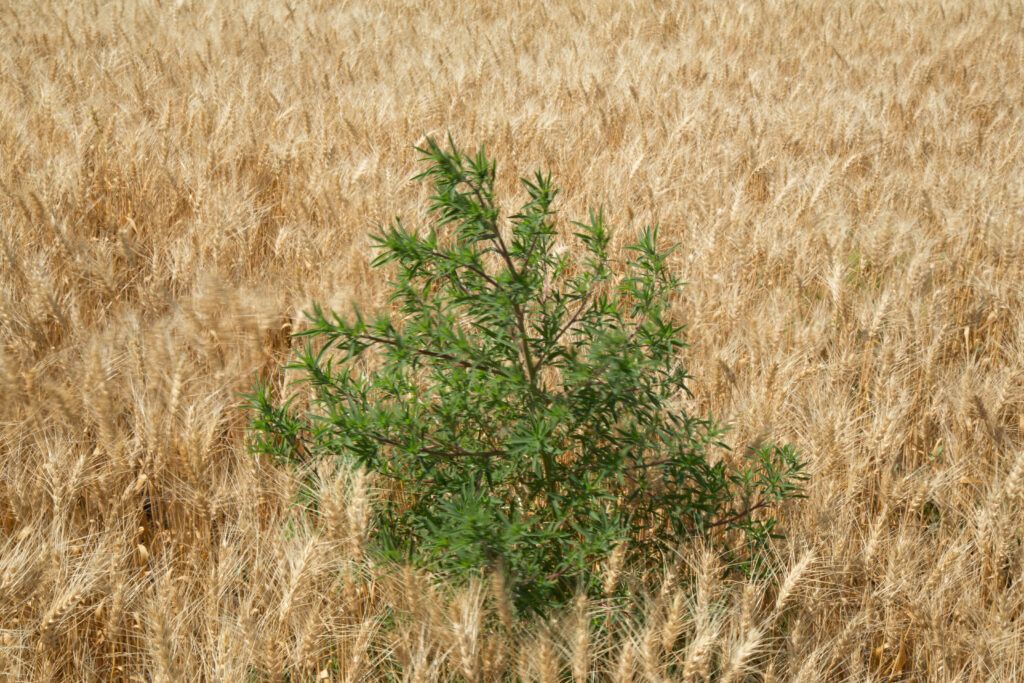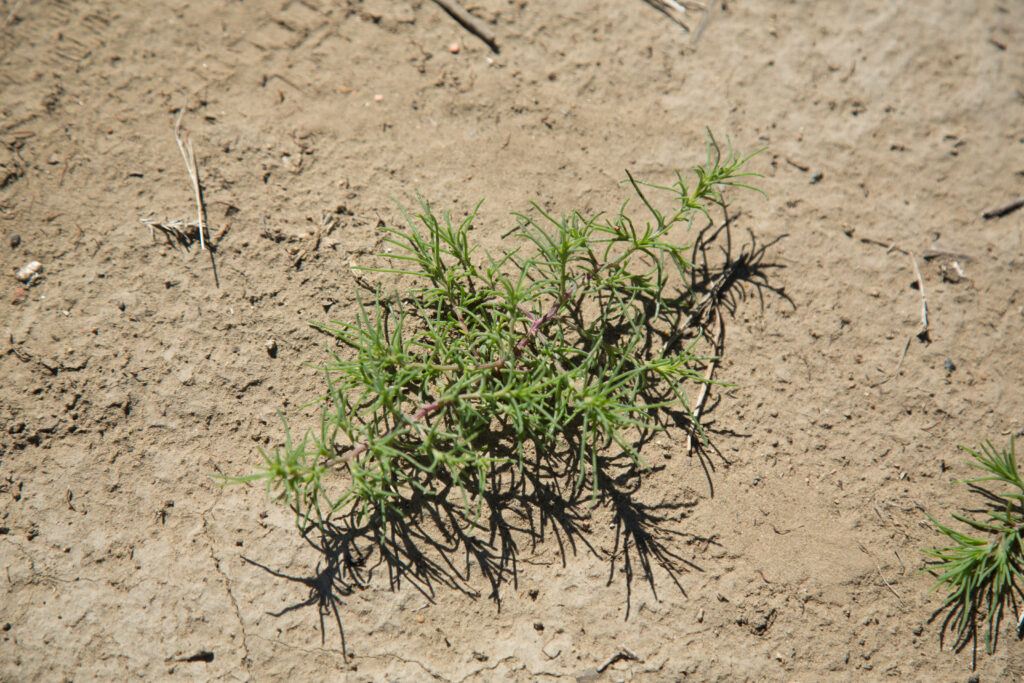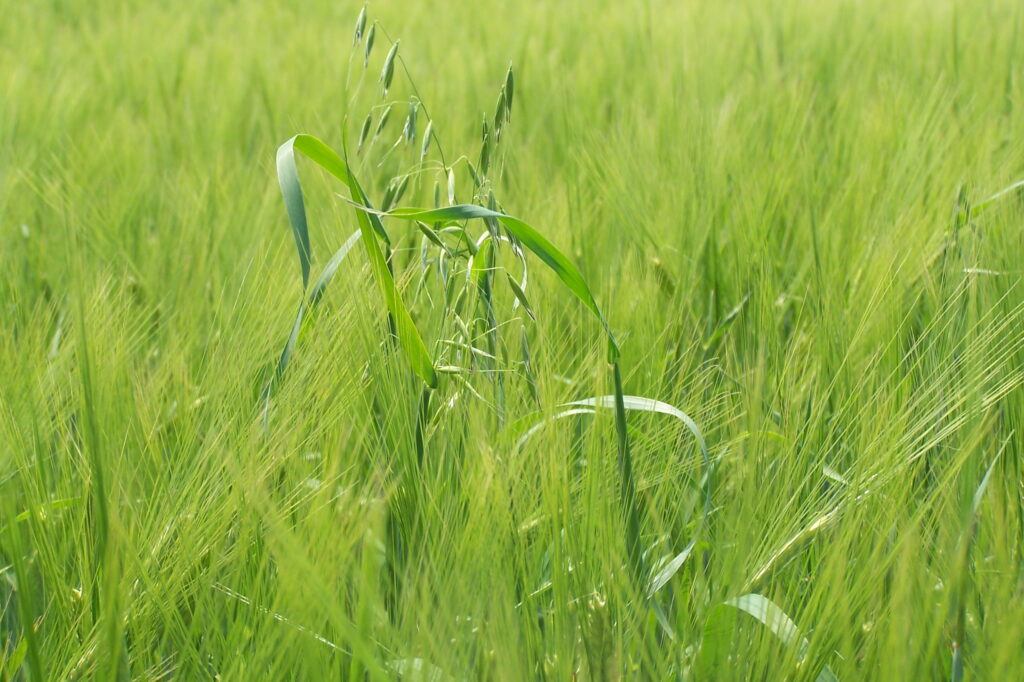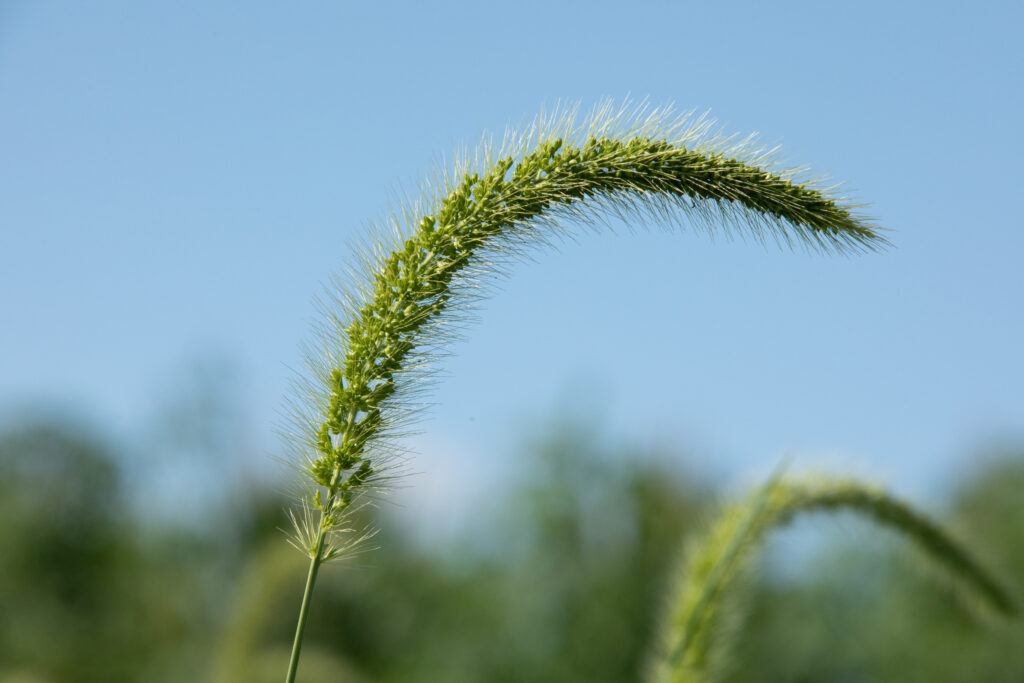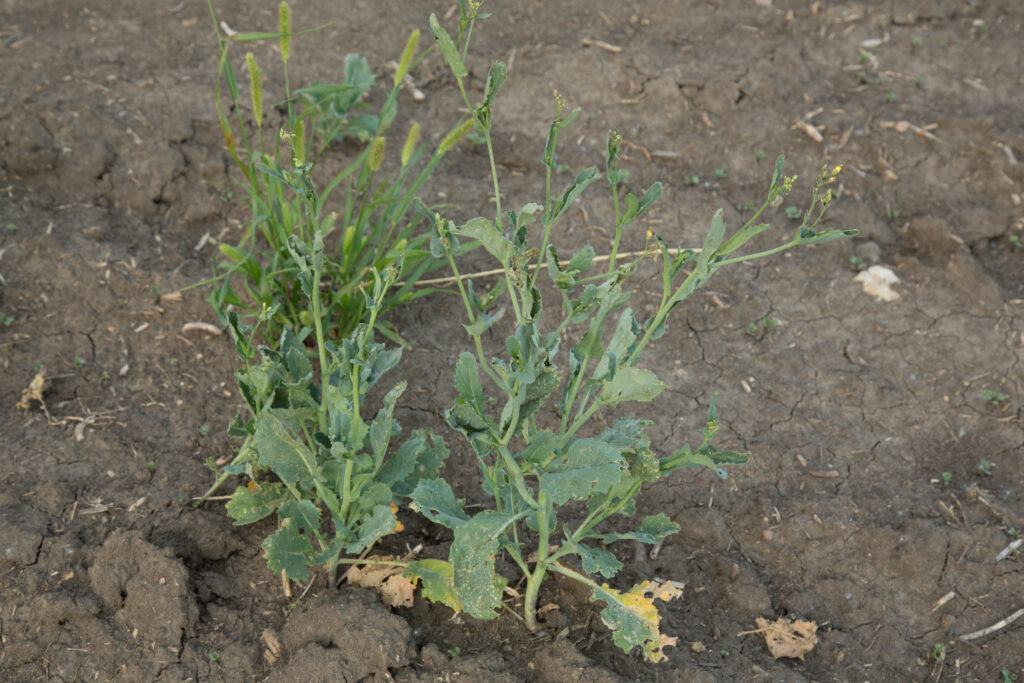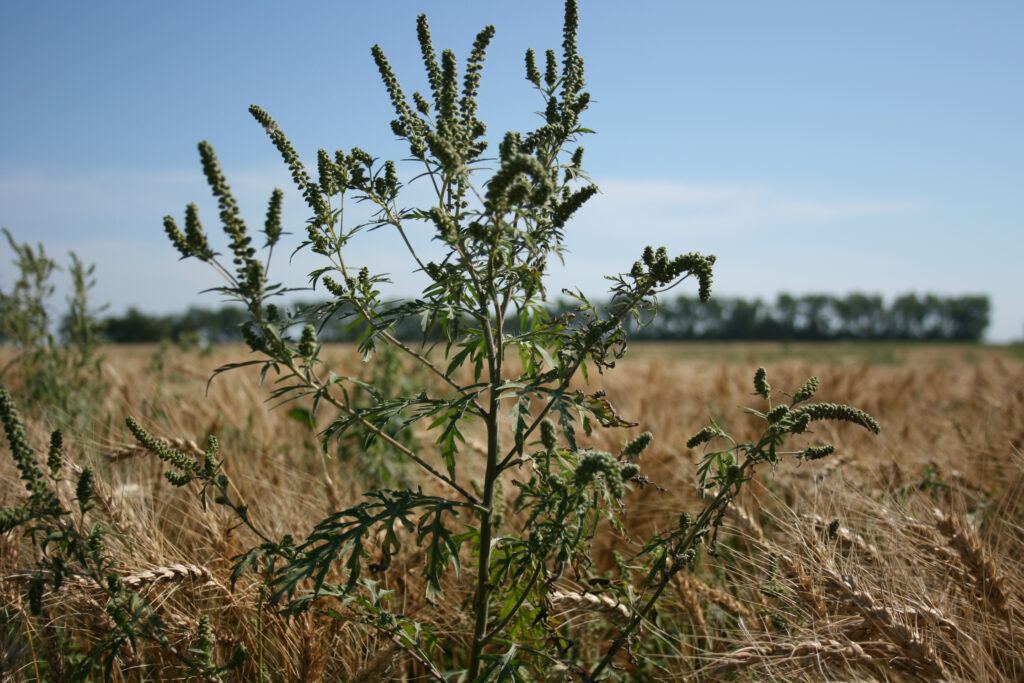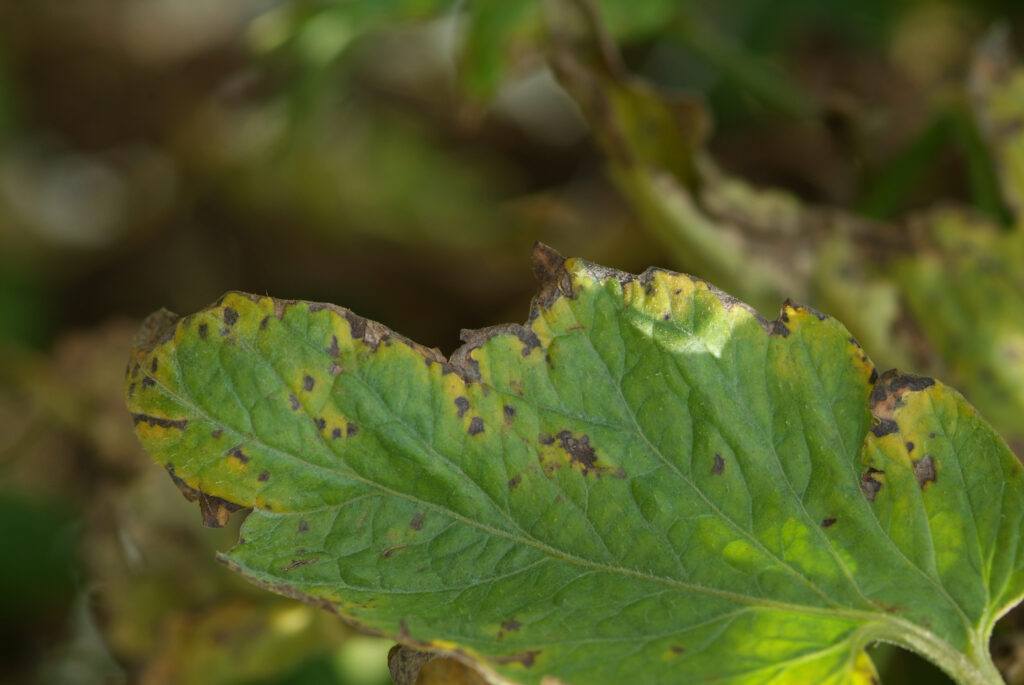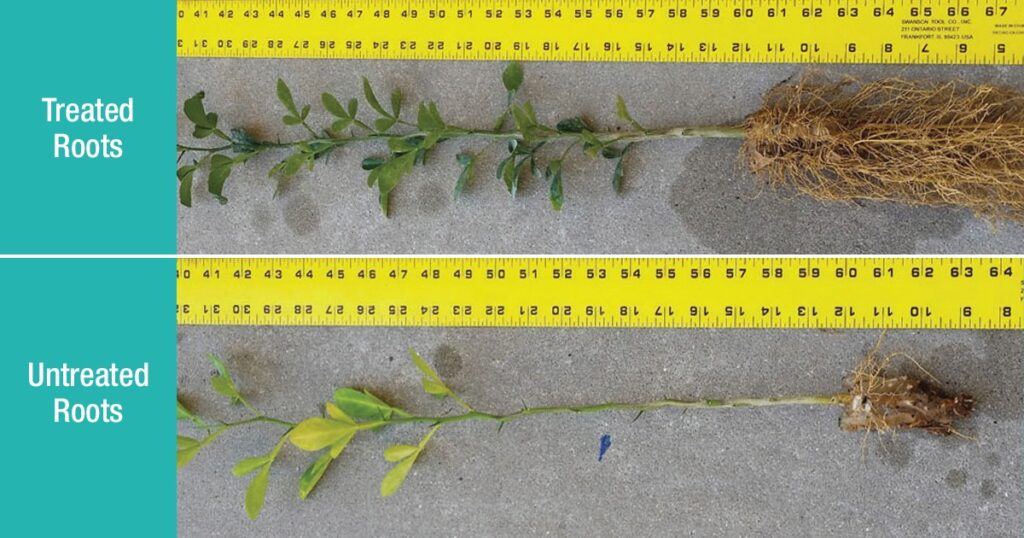Codling moth can be a nuisance year-round in walnuts, but the worst damage usually occurs as temperatures rise. The sooner it gets warm, the more insect generations that can follow. Control out of the gate goes a long way toward effective, year-long management of codling moth.
The first flight of codling moth usually takes place in spring from the overwintered generation. However, the first two peaks, 1A and 1B, can last several weeks as moths lay first-generation eggs. According to the University of California Integrated Pest Management Program, adult moths can emerge as late as the end of June in the Central Valley and into early July in the state’s coastal areas. Monitoring for infestation and damage can help you make the best treatment decisions for your tree nuts.
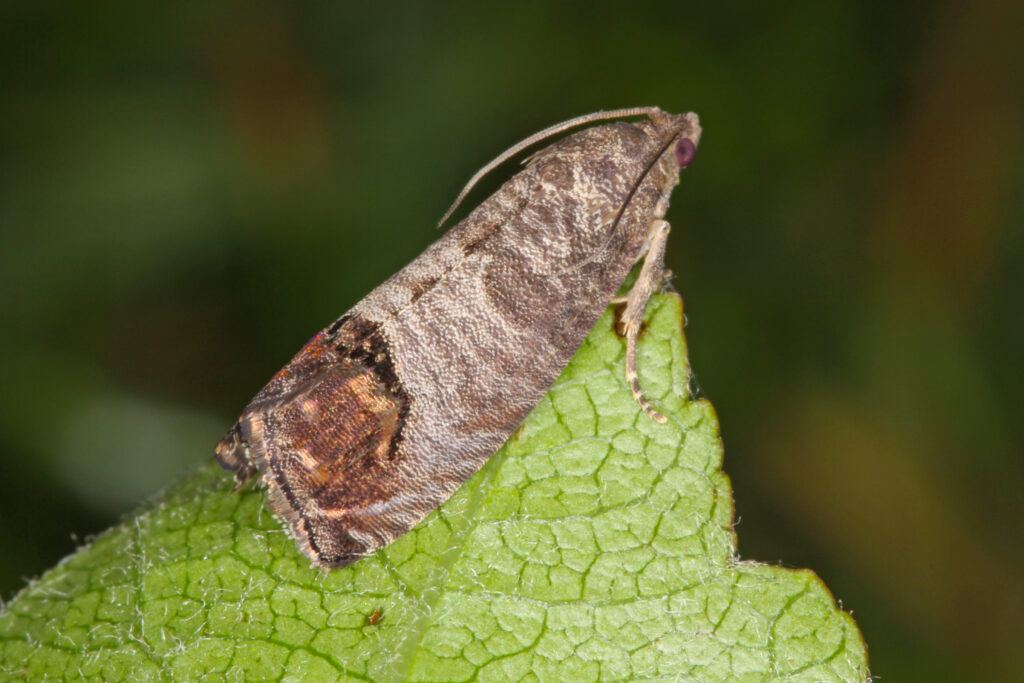
Second and third generation codling moth will start to emerge in June. The key to in-season control is to know what other economically damaging pests are present so you can treat all of them. Using any one product class too long will allow codling moth to develop a tolerance.
The use of Proclaim® insecticide is a good first step in managing the more destructive worms and offering some activity on adults. Proclaim is a Group 6 chemistry, which makes it a solid resistance management partner for other insecticides used later in the season on codling moth. Proclaim also doesn’t wipe out beneficial insects that are present at the same time as codling moth in walnuts.








